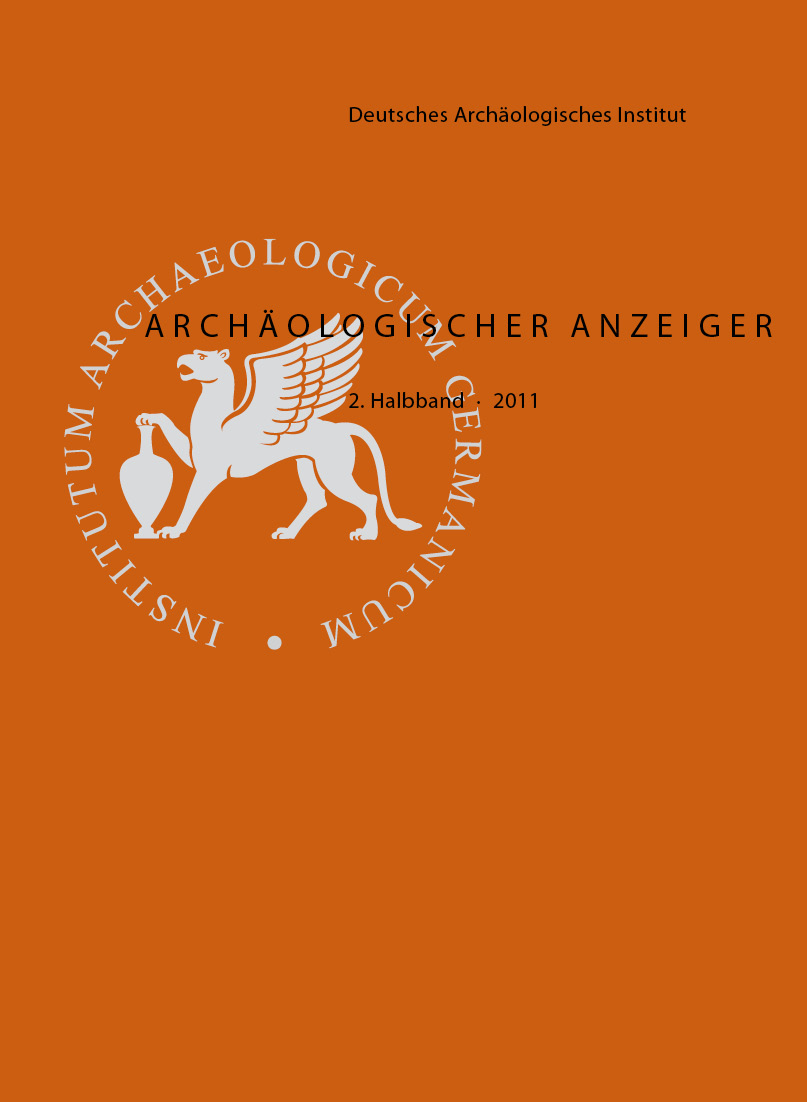Greek Pottery from the Fortress Gala Abu Ahmed in Northern Sudan
https://doi.org/10.34780/7861-96uz
Abstract
At the Kushite fortress of Gala Abu Ahmed in Wadi Howar, in the middle of the desert of northern Sudan, 49 fragments of Greek pottery have been recovered during the excavations which have been in progress since 2008. The sherds are small and have a black gloss (black glaze). Where it is possible to determine the type of vessel, they are lekythoi – both slender and rounded-belly variants can be identified. Alongside a palmette lekythos there are also, significantly, fragments of what is known as an Elean lekythos – a type mainly distributed in the north-west Peloponnese, the north-west of mainland Greece and the adjacent islands in the late 5th and early 4th century B.C. Other fragments are dated to the late 6th and early 5th century B.C. and confirm the dating of the fortress proposed on the basis of other finds. Archaeometric analysis of three sherds has established their Attic provenance.
Gala Abu Ahmed is the southernmost location at which Greek lekythoi have been found. Presumably the vessels arrived there as merchandise or gifts to the commander of the fortress or as souvenirs belonging to residents stationed there.


